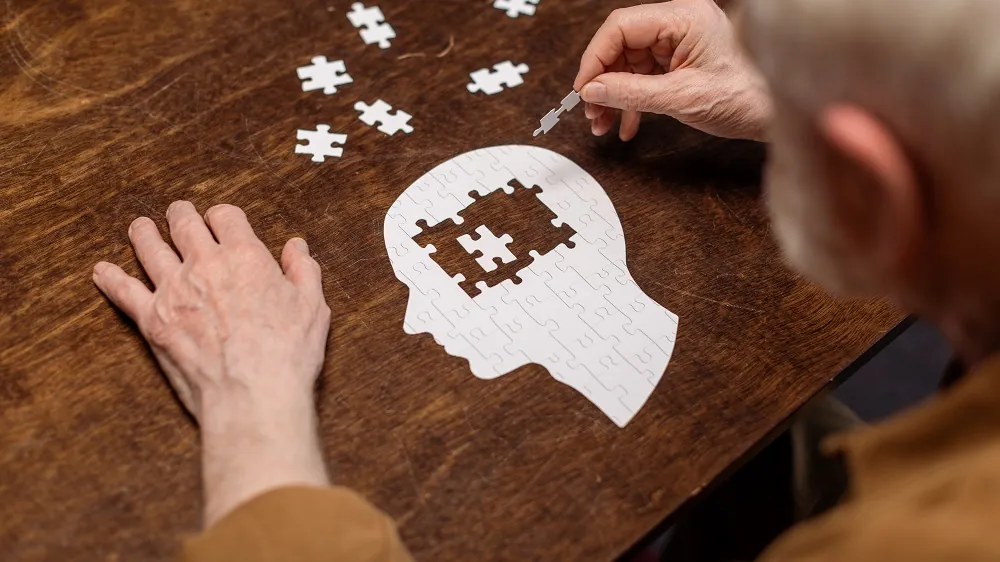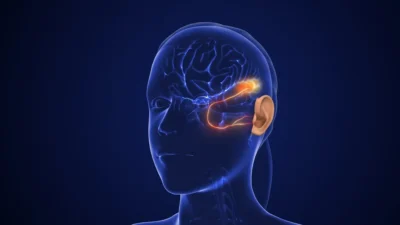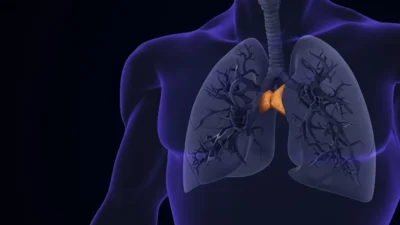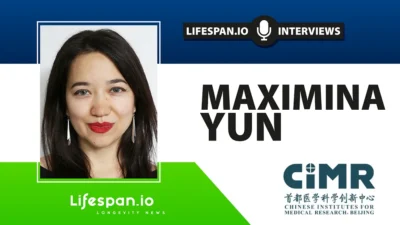Yesterday in Aging Cell, researchers published their findings that using gene therapy to overexpress a synaptic promoter increases cognitive ability in ordinary, middle-aged mice.
Hevin vs. SPARC
Astrocytes are general-purpose helper cells of the brain, and one of their tasks is to maintain synapse structure [1]. They secrete synapse-modifying molecules, including members of the SPARC family, including SPARC-like 1 (Hevin) and SPARC itself [2].
Despite being closely related, these two molecules perform opposing tasks. Hevin spurs the development of new synapses, while SPARC inhibits this process [3]. SPARC upregulation has been found to be related to Alzheimer’s disease [4], and Hevin may be downregulated in this disease as well. Hevin was also pinpointed as potentially affecting the brains of older animals after a transfusion of young blood [5].
With this knowledge in hand, these researchers set out on a fairly standard investigation to find a potentially mitigating factor in Alzheimer’s disease. What they found, however, affected more than just Alzheimer’s.
Effects in both Alzheimer’s and wild-type mice
In their first experiment, the researchers examined middle-aged APP/SEN mice, which have been engineered to form Alzheimer’s proteins, alongside an RNA database of astrocytes taken from human Alzheimer’s patients. In the astrocytes, Hevin was significantly downregulated compared to astrocytes derived from people without Alzheimer’s. In the mice, there was nearly no Hevin at all compared to wild-type controls.
The researchers then began injecting six-month-old APP/SEN mice with an adeno-associated virus (AAV) that causes them to overexpress Hevin. They then waited another five to six months to perform various cognitive tests on the mice, comparing them to APP/SEN mice that were not given the AAV. They performed a similar experiment on wild-type mice.
The results were stark and similar in both experiments. In tests of object recognition and exploration, Hevin-upregulated mice were much more interested in new objects than their control groups were. In the Barnes maze test, which teaches mice which hole to scurry into, the Hevin-injected mice were far faster learners than their control groups; in fact, the Alzheimer’s mice given the Hevin AAV may have been better near the end of that test than wild-type mice not given the Hevin AAV, although the two groups were not directly compared.
Encouraged, the researchers did another test, this time exclusively on wild-type animals: they gave 11-month-old mice the Hevin AAV, then waited only one month before testing them in the same ways as they tested the other groups. Novel object recognition did not seem to be affected, but novel object exploration was. The Barnes maze test provided highly encouraging results that were very similar to those of the six-month treatment:
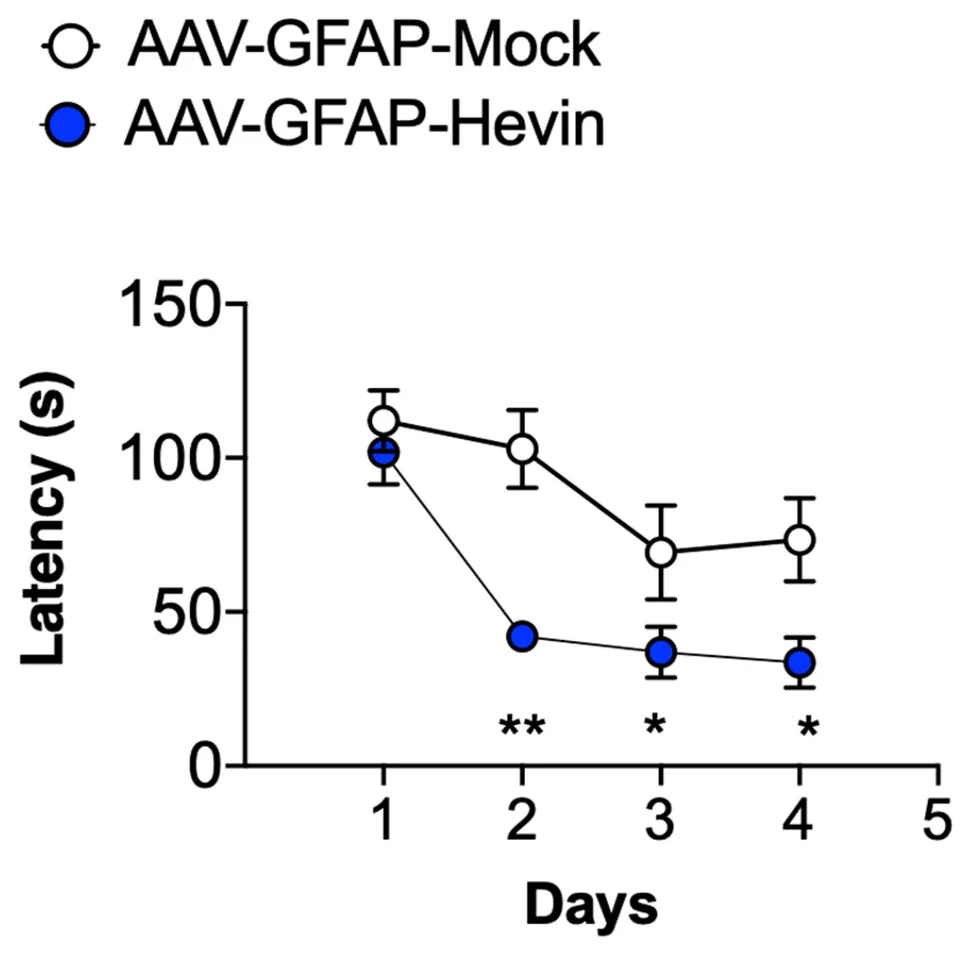
Different mechanisms of action
Hevin had no effect on amyloid beta deposits. The researchers tested four separate brain regions of the APP/SEN mice that had been getting the Hevin AAV for six months, and there were no significant differences in any of the regions.
However, the Hevin AAV had substantial effects on many other proteins as measured by gene expression in APP/SEN animals, including ones related to cognition and synaptic development. Wild-type animals had almost completely different alterations that mainly related to actin, a protein that controls the organization of synapses, and the researchers noted that previous work had found strong relationships between actin and brain aging [6]. This work suggests that while Hevin benefited both Alzheimer’s and non-Alzheimer’s mice, the fundamental mechanisms of action are different.
These findings are promising, particularly for very old people who are suffering from cognitive decline that is not Alzheimer’s-related, but they do not offer a rapid path to human trials. This was an AAV designed for mice, and administering such a gene therapy to human beings may or may not be feasible. Whether or not Hevin is a druggable target, or a target for mRNA-based therapies, remains to be seen.
Literature
[1] Lawal, O., Ulloa Severino, F. P., & Eroglu, C. (2022). The role of astrocyte structural plasticity in regulating neural circuit function and behavior. Glia, 70(8), 1467-1483.
[2] Tan, C. X., Lane, C. J. B., & Eroglu, C. (2021). Role of astrocytes in synapse formation and maturation. Current topics in developmental biology, 142, 371-407.
[3] Kucukdereli, H., Allen, N. J., Lee, A. T., Feng, A., Ozlu, M. I., Conatser, L. M., … & Eroglu, C. (2011). Control of excitatory CNS synaptogenesis by astrocyte-secreted proteins Hevin and SPARC. Proceedings of the National Academy of Sciences, 108(32), E440-E449.
[4] Singh, S. K., Stogsdill, J. A., Pulimood, N. S., Dingsdale, H., Kim, Y. H., Pilaz, L. J., … & Eroglu, C. (2016). Astrocytes assemble thalamocortical synapses by bridging NRX1α and NL1 via hevin. Cell, 164(1), 183-196.
[5] Gan, K. J., & Südhof, T. C. (2019). Specific factors in blood from young but not old mice directly promote synapse formation and NMDA-receptor recruitment. Proceedings of the National Academy of Sciences, 116(25), 12524-12533.
[6] Lai, W. F., & Wong, W. T. (2020). Roles of the actin cytoskeleton in aging and age-associated diseases. Ageing research reviews, 58, 101021.

